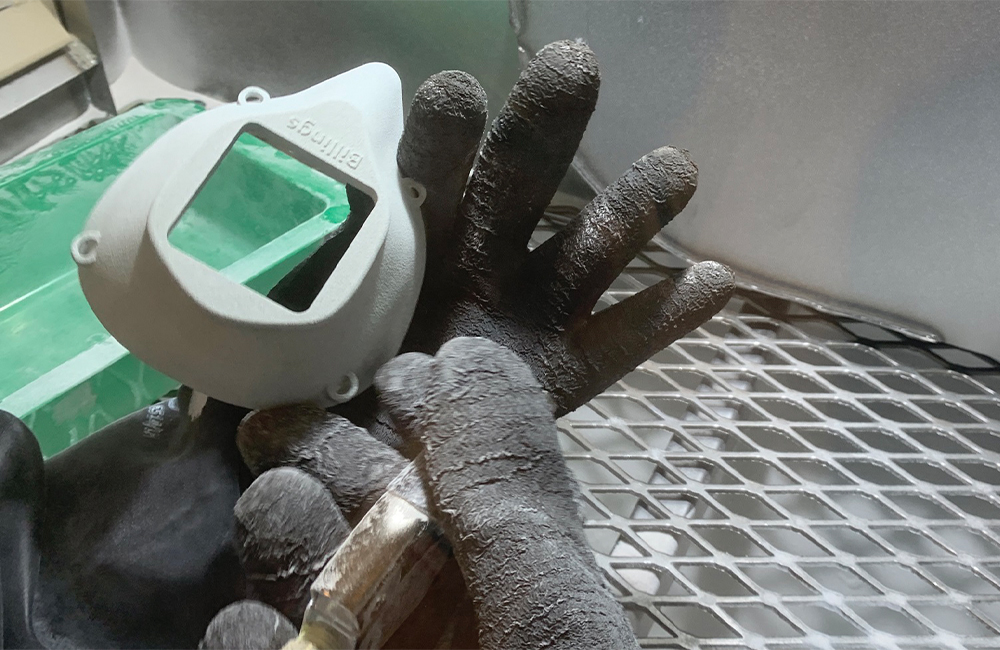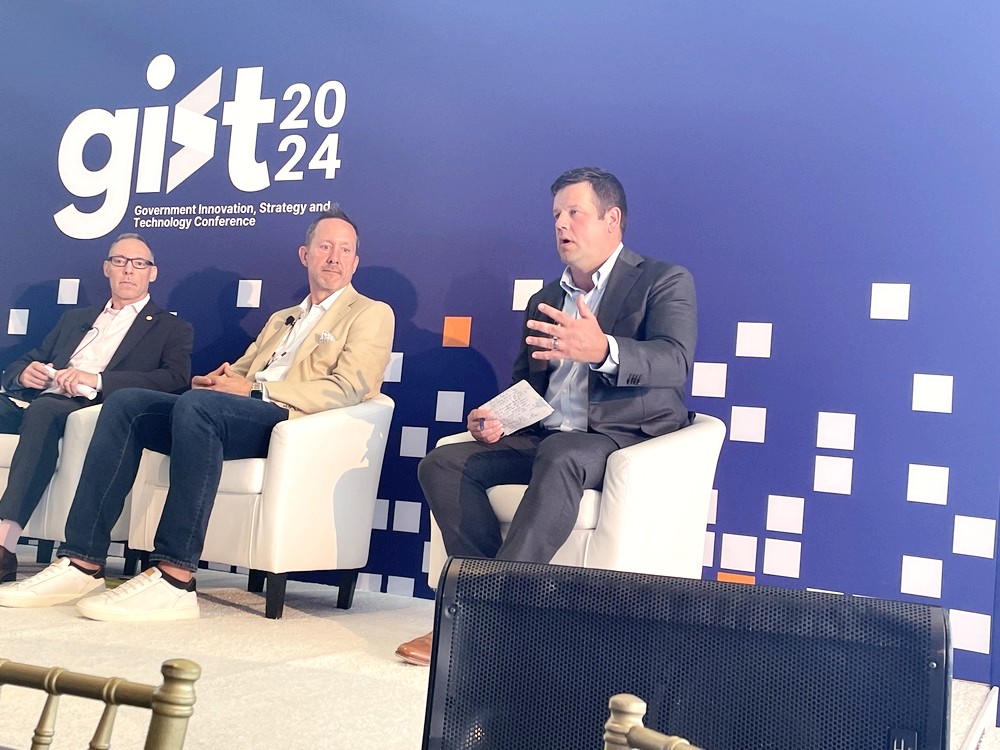The Department of Veterans Affairs has debuted a series of new medical 3D printing applications to provide advanced prosthetics care, many of which surpass devices currently used in private hospital networks.
Speaking at the FDA 3D Printing Virtual Workshop, technologists across the Veterans Health Administration and joint Defense Department/VA 3D Printing Consortium displayed prototypes that bring newfound innovation to the responsiveness and sophistication of prosthetic devices.
Prosthetics care has consistently been one of the priority areas within VA’s medical device research, particularly finding more advanced and customizable ways of restoring mobility and limb function to veterans who have suffered critical injuries. This has represented one of the earliest and most consistent merging of VA’s research goals with its nascent 3D printing network, which has expanded considerably over the past decade to include a range of local pilot programs conducting autonomous research.
“If we look into 3D printing and prosthetics, you can see here that there’s a lot of different applications that we’ve done over the years. About 2013 was our first device,” said Peter Liacouras, director of the joint VA-DOD 3D Medical Applications Center at Walter Reed.
Many of these newer applications have been designed for veterans who have suffered partial or total limb loss at a relatively young age yet would still like to engage in more intensive forms of activity.
“In the military, you’re dealing with a different type of patient. You have these young, active individuals that want to take part in complex activities. They just don’t want to be able to walk down the street. They want to be able to run, they want to be able to climb mountains, climb rock walls, play ice hockey, play, sled hockey, whatever they want to do,” Liacouras said.
Considering the specialized and physically demanding nature of these activities, they require a correspondingly patient-tailored approach to prosthetics design that is much more easily facilitated by 3D printing. The necessary adaptability of full-scope prosthetics care has fostered a convergence of VA’s 3D printing network with the combined DOD-VA focus on a continuity of care program that spans enlistment to old age.
“These amputees within the DOD then go on to the Veterans Affairs health care system, and you want to care for these amputees over time. It’s not just a one-day event, you have to care for these amputees for the rest of their lives. Some of these individuals are very young — 20s or 30s — and they want to take place in these complex activities for many more years. So you have to look at all these different applications,” Liacouras said.
This has led to efforts across VA to create various forms of customization and switchable attachments that allow veterans to adapt around particular forms of mobility, including more intensive physical activity that would otherwise be difficult if not outright impossible.
“We had a hand amputee who wanted to lift weights again. This one’s also a little more complex. Here you see the titanium piece that was laminated into a carbon fiber socket, and then the prosthetist put this ratchet system that went around their elbow. This was done for the pull up part, and this can be used for both pull ups and bench press,” Liacouras said.
This particular design was intended to more closely mimic the locomotion and comfort of movement provided by the human hand, with VA’s design outpacing currently available market products in its physical responsiveness and overall comfort.
“There was another device on the market, but you had to screw your hand into the bar. It could make the elbow on the prosthesis a little lower, so the biomechanics here are not perfect. So we came up with a secondary design. This is called our turnkey weightlifting adapter. You can go in at an angle and then turn a cinch which really shrinks up the hand for the prosthetic device in order to better mimic the human hand,” Liacouras said.
Overall, these developments represent a newfound merging of VA’s standalone research programs and technical investments with the agency’s broader goal of lifelong care, creating adaptable prosthetics that can adapt to an individual patient’s needs and changing health status over time.









